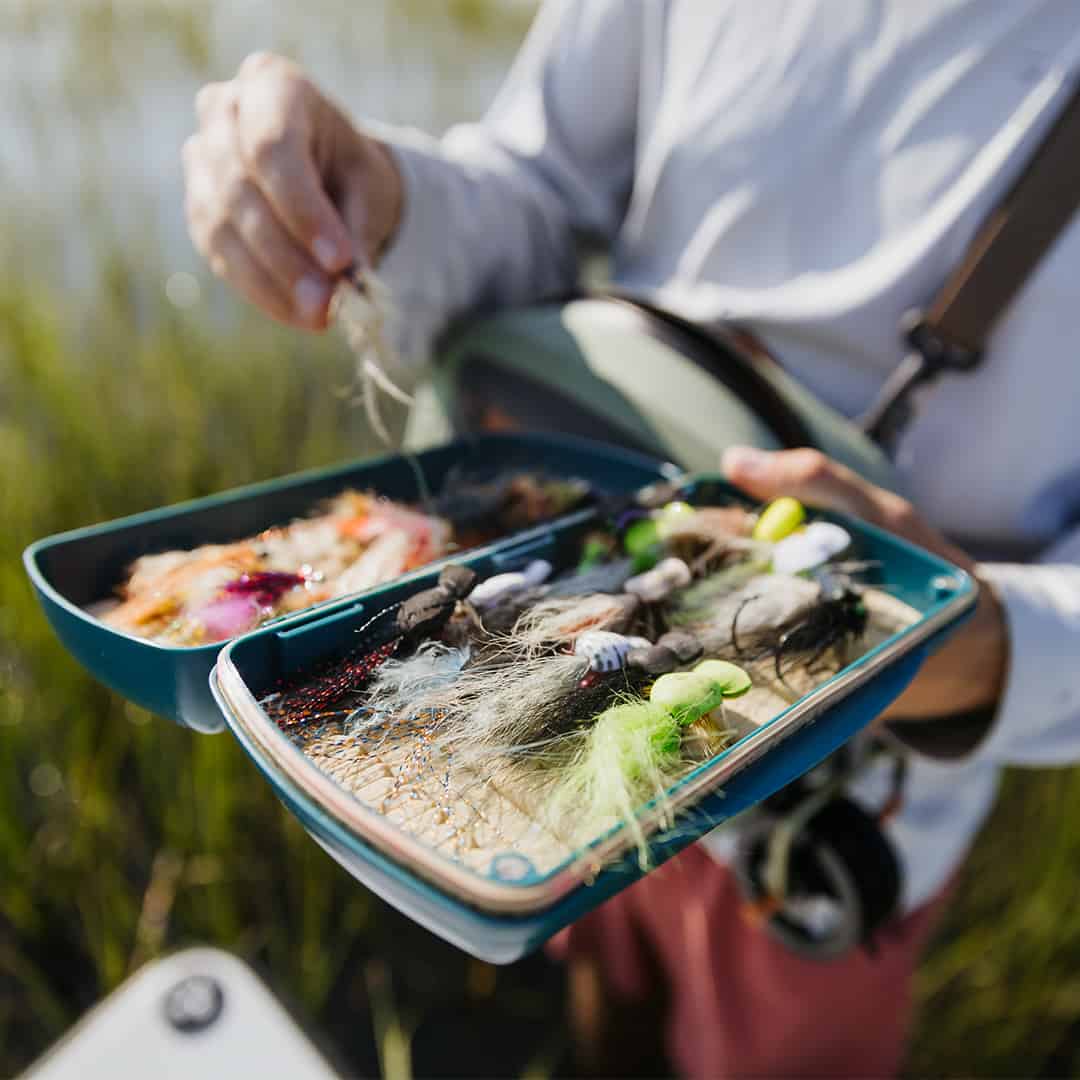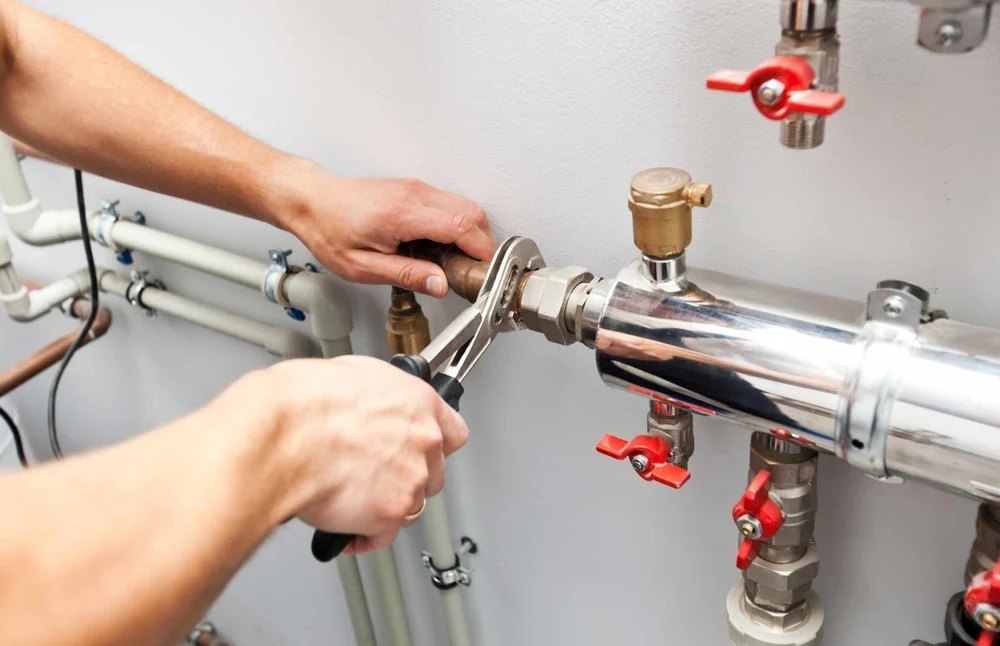Starting your journey into fly fishing can be exciting, but for many beginners, figuring out what gear to buy can be overwhelming. A Fly fishing kit is the perfect starting point, providing all the essential equipment you need to cast your first line with confidence. By understanding the core components, their purposes, and how to choose them, you can save time, money, and frustration while setting yourself up for a rewarding fishing experience. This guide covers every piece of equipment you’ll need, tips for selecting quality gear, and practical advice for getting started the right way.
Why a Complete Fly Fishing Kit is the Best Choice for Beginners
When you’re just starting out, buying a pre-assembled fly fishing kit offers several advantages over purchasing each piece individually. Kits are designed with balanced gear, meaning the rod, reel, and line are matched for performance, making it easier for you to learn proper casting techniques. They are also cost-effective, as bundled kits typically cost less than buying components separately. Most importantly, they take the guesswork out of pairing gear, so you can spend less time researching and more time fishing.
The Convenience Factor
A beginner-friendly fly fishing kit comes ready to use, with minimal setup required. Everything is designed to work together, allowing you to get on the water faster without worrying about mismatched equipment.
Learning With Balanced Gear
A rod and reel combination that’s balanced helps improve casting accuracy, reduces fatigue, and makes the learning process smoother. This is why manufacturers design kits to ensure optimal compatibility between components.
Essential Components of a Fly Fishing Kit
A complete fly fishing kit contains several key items that every beginner needs. Understanding these components will help you make better purchasing decisions and get the most out of your fishing trips.
1. Fly Rod
The fly rod is the centerpiece of your kit. For beginners, a medium-action rod between 8 and 9 feet in length is ideal, as it offers a good balance between control and casting distance. Look for rods made from durable materials like graphite, which provides strength without excessive weight.
2. Fly Reel
A good fly reel holds your line and provides smooth drag when fighting fish. Beginners should opt for a large arbor reel, which allows for quicker line retrieval and helps reduce line memory. Aluminum construction is recommended for durability, and a sealed drag system is a plus for keeping out dirt and water.
3. Fly Line
Your fly line plays a critical role in casting performance. Weight-forward floating lines are the best choice for beginners because they are versatile and easier to cast. Make sure the line weight matches your rod and reel specifications for balanced performance.
4. Backing and Leader
Backing is a thin, strong line that sits between your reel and fly line, giving you extra length for fighting large fish. A leader is a tapered, transparent line attached to your fly line that helps present the fly naturally in the water. For beginners, a 9-foot tapered leader is a solid starting point.
5. Flies
Your kit should include a selection of beginner-friendly flies, such as dry flies, nymphs, and streamers. This variety ensures you’re prepared for different fishing conditions and target species.
6. Fly Box
A fly box keeps your flies organized, dry, and easily accessible. Look for a waterproof box with foam inserts to securely hold your flies in place.
7. Accessories
Many fly fishing kits also come with basic accessories such as nippers, forceps, and a tippet spool. These tools help with cutting line, removing hooks, and replacing worn leader sections.
Choosing the Right Fly Fishing Kit for Your Needs
Not all kits are created equal, and your choice should depend on your fishing goals, budget, and target species.
Consider Your Target Fish
If you plan to fish for trout in small streams, a lighter rod and reel setup will work best. For larger species like bass or salmon, you’ll need heavier gear to handle the fight.
Match Your Budget to Your Commitment
While you don’t need to buy the most expensive kit as a beginner, avoid ultra-cheap options that may break easily or perform poorly. Mid-range kits often provide the best balance between affordability and quality.
Check for Upgrade Potential
Some kits allow you to upgrade individual components over time. This flexibility means you can replace or improve parts of your setup as your skills grow without needing to buy an entirely new kit.
Additional Gear to Enhance Your Fly Fishing Experience
While a fly fishing kit provides the core essentials, adding a few extra items can make your outings more comfortable and productive.
Waders and Boots
If you plan to fish in rivers or streams, waders and boots will keep you dry and provide better footing on slippery rocks.
Landing Net
A landing net makes it easier to safely land fish without causing harm. Look for nets with rubberized mesh to protect fish slime and scales.
Polarized Sunglasses
Polarized sunglasses reduce glare on the water, making it easier to spot fish and protect your eyes from the sun’s rays.
Vest or Pack
A fishing vest or pack provides easy access to your gear, flies, and tools without needing to return to shore frequently.
Tips for Maintaining Your Fly Fishing Kit
Proper care extends the life of your gear and ensures consistent performance.
Clean After Each Use
Rinse your rod, reel, and line with fresh water after every fishing trip, especially if you’ve been in saltwater. This prevents corrosion and dirt buildup.
Store Correctly
Keep your gear in a cool, dry place. Avoid leaving your rod assembled for long periods, as this can weaken the ferrules.
Inspect Regularly
Check for frayed lines, damaged guides, or worn reels before each trip to avoid equipment failure on the water.
Common Mistakes Beginners Should Avoid
Learning fly fishing is a process, and avoiding common mistakes can make it more enjoyable.
Skipping Practice
Casting takes time to master. Practice regularly, even when you’re not on the water, to build muscle memory and improve accuracy.
Overcomplicating Gear Choices
As a beginner, stick to simple, versatile setups. You can expand your gear collection as you gain experience.
Ignoring Local Knowledge
Talk to local anglers or visit nearby fly shops for advice on the best flies and techniques for your area.
Conclusion: Start Your Fly Fishing Journey Right
A complete fly fishing kit provides everything a beginner needs to start catching fish while avoiding the confusion of mismatched gear. By choosing a kit with balanced components, learning proper maintenance, and adding a few useful accessories, you can enjoy a smoother entry into the sport. Whether you’re casting in a quiet stream or a wide river, having the right gear will give you the confidence to focus on what matters most—enjoying the water, the fish, and the experience itself.



